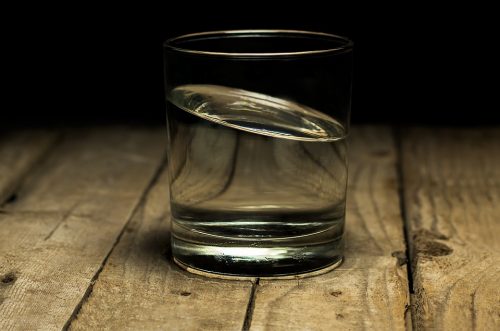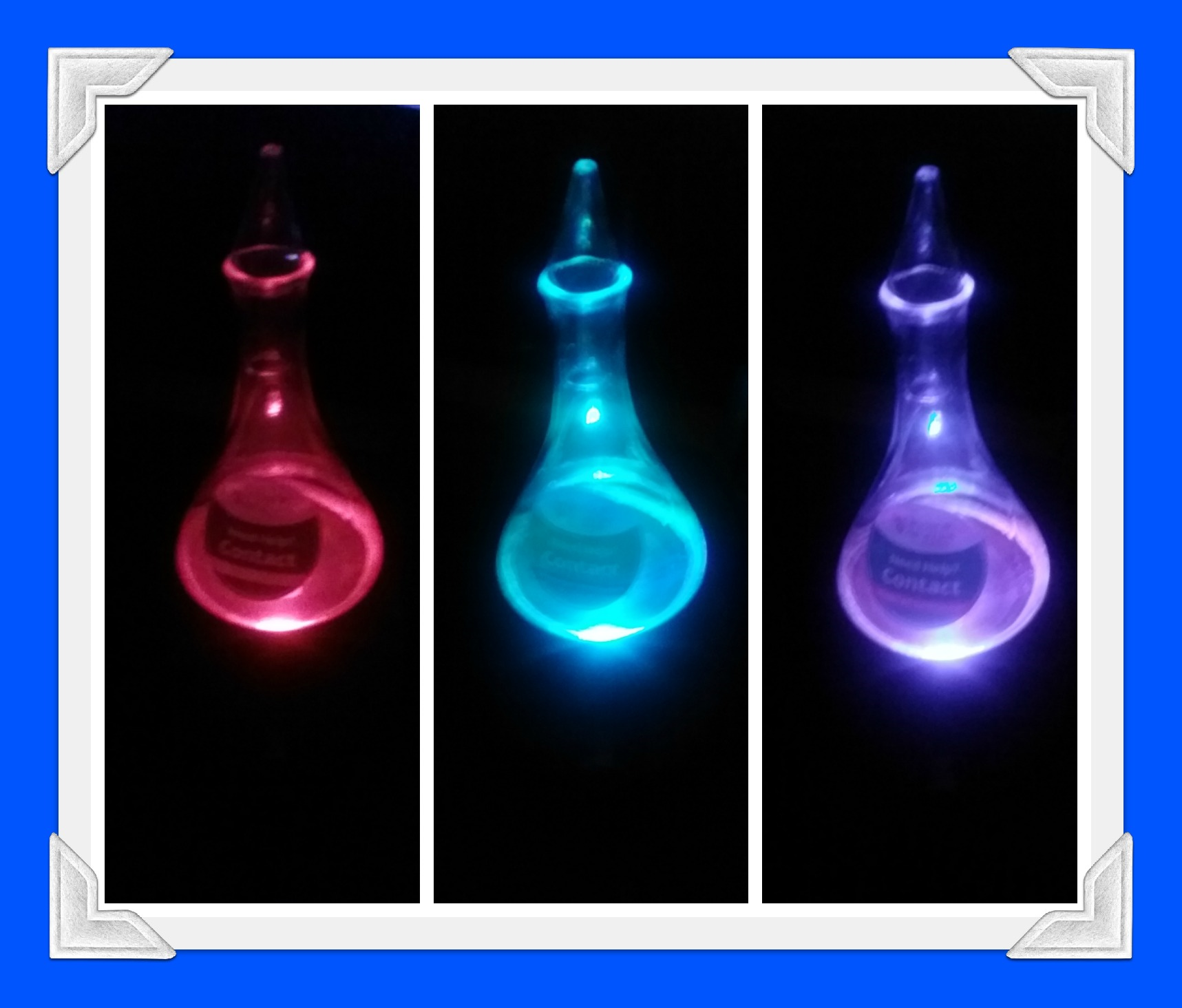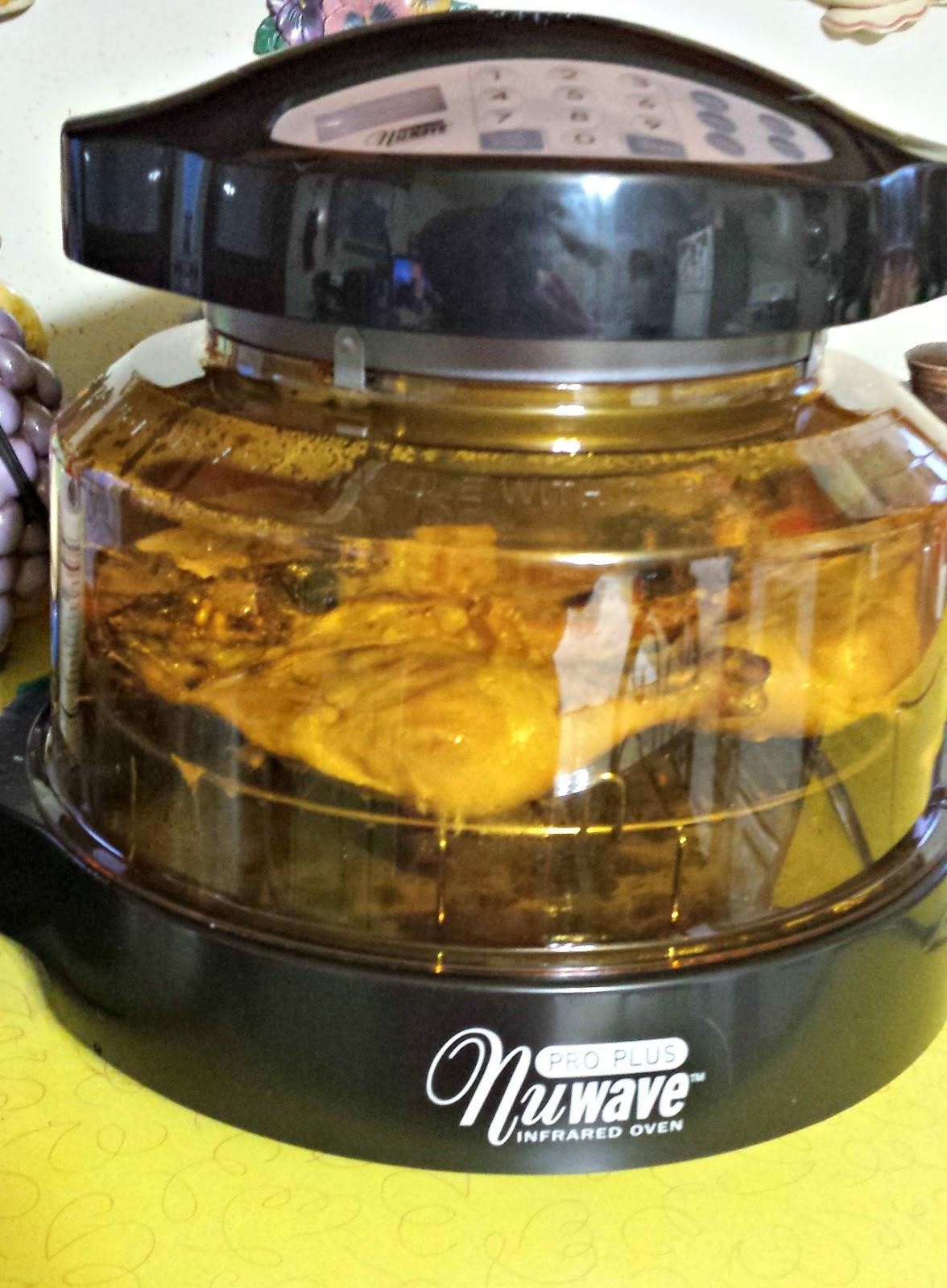5 Ways to Test your Tap for Lead
Are you positive there’s no lead in your tap water? Many people ignore the harmful effects of lead in their food or freshwater. However, it’s good to know that there are new ways to test your tap for lead presence. Every lead in water test should have increased precision to offer you fast results.
Get An Immediate Water Test Kit
Instant lead water tests are available in all general stores. They are quite affordable and give fast results. First, you need to collect a water sample from a tap you haven’t used for at least six hours before the test. That’s enough time to show you if the lead has been accumulated in your home water pipes.
It’s also important to collect a second sample a few minutes after leaving your tap running. This will help you know if your header pipe is made of lead. Finally, you need to place the lead strip into the collected water samples and perform the test. If there are increased lead particles in the water, the strip will change its color within several minutes.
Immediate water kits are easy to find and can give you a thorough and reliable lead presence analysis in your tap water. However, their precision never reaches the parts per billion analysis that scientists suggest being trustworthy.
Call a Filtration Company For A Professional Opinion
Many filtration companies are affiliated with Colleges and Universities willing to perform home water tests for free. Graduate students enrolling for their internships can come to your house with their supervisors to get water samples from your taps and faucets. It’s a timely procedure as they will also check your home’s water supplies and pipes. Most of the time, they can perform rapid tests on-site and give you a rough estimate of lead present in your water.
Filtration companies usually take more samples and bring them back to their labs for further tests. It’s the only way to have a detailed analysis of the lead parts per billion. If the lead has been found to exceed the safety limits, they can offer you the chance to place a home water filter to ensure your family’s health. Such companies usually have affordable deals for most customers and always run their tests for free.
Ask Your Local Water Supplier to Perform Tests
Water suppliers are mandated by law to perform tests for lead presence in freshwater reaching residential and commercial properties. The first step would be to identify your local water supplier agency and contact them through their website.
These agencies usually have precise tests to prove that the water reaching your house has less than 15 lead parts per billion molecules. These are the EPA standards valid across the country. Most of the water suppliers offer these testing services for free to build their reputation.
Observe Your Pipes For Lead Presence
People usually check their internal water pipes and give no importance to the header pipe. Many homeowners don’t even know that their house has a header pipe to check for lead accumulations. The first step to inspect your water pipes would be to identify their manufacturing material. Most of the older pipes are made of copper or stainless steel. In modern homes, water pipes are usually made of PVC or aluminum. However, older houses may have pipes made of lead, and you can identify them by scratching their brownish color.
Gently scratching the pipe’s exterior surface will show you if it’s made of lead. A white line usually appears on lead pipes, giving you a clear incentive to replace it immediately. The header pipe would require you to call your plumber or your local water supplier to inspect it for lead. Observing your home pipes by yourself is a fast method to identify lead pipes but can’t offer you reliable results for lead presence in your water supply.
Call A Certified Lab To Run Tests at Your Home
Finally, the most reliable method to check your home water supply for lead presence would be to call a certified lab to run tests. Most States have an Environmental Protection Department liable for running lead tests to residential and commercial properties.
Even though their tests are more reliable than any other, they can be costly. Sometimes you may need to wait for a long time before you have an appointment for water testing.
Lead presence in water can be dangerous for your health, and performing tests is the only way to be sure about the water quality.




